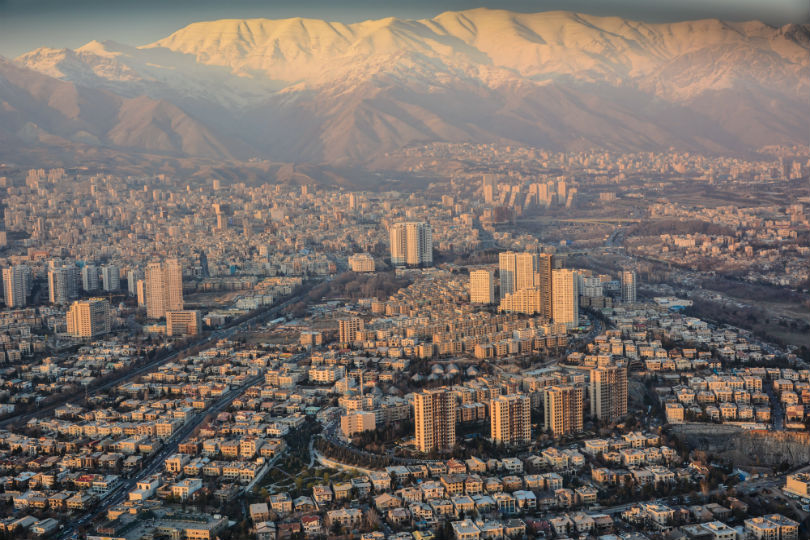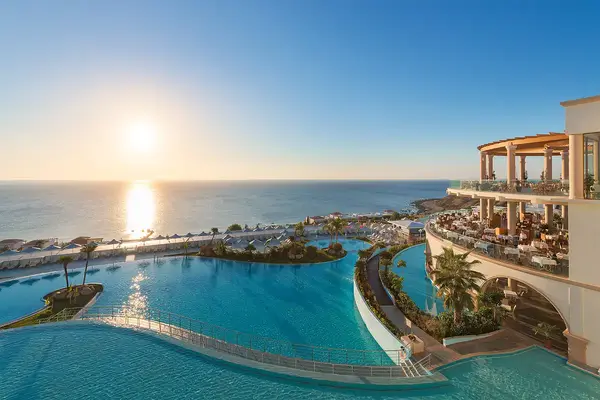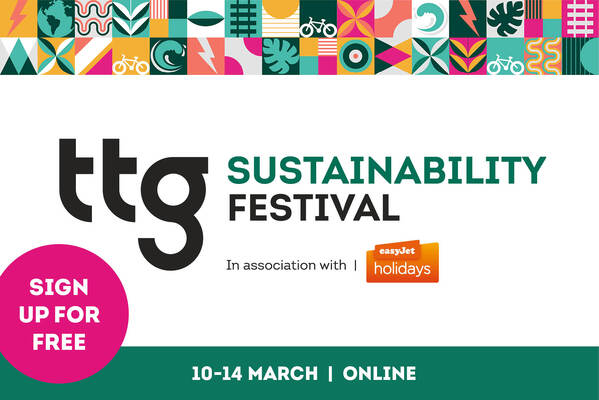'A slowdown for the Middle East might serve countries a little further to the East well'
 David McGuinness
David McGuinnessThe killing of Iran’s Quds Force leader, Qasem Soleimani, also a senior figure in its Revolutionary Guards, by the US air force on 3 January sent a tremor around the globe and cast a pall over security in the region. Oil prices shot up, and the world prepared for the worst.
Tourist numbers to Iran had increased massively between 2012 and 2016, but had started to decline in recent years. Iran was our number one destination in 2016 but on 1 January 2020 we had no clients booked to Iran for the year ahead. In effect, the damage to Iran’s tourism industry was almost complete before 3 January.
The collapse of the nuclear deal, the seizing of a British ship by Iranian forces and an Iranian ship by UK forces, and continued inflammatory language by both President Trump and the Ayatollah meant most travellers were put off from travelling. Nonetheless those who were still travelling with us to Iran in 2020 felt totally safe, and there was no obvious risk within the country to travellers who didn’t take unnecessary risks. The FCO advice was also not against travelling to Iran.
In the wake of 3 January the FCO changed their advice regarding travel to Iran, advising against all but essential travel (later updated on Friday to advise against all travel). It also made a note about the risk of instability in the region under the advice of several other countries, including Turkey, Jordan, Oman, Lebanon, Azerbaijan. The regional outlook seemed to have changed and the risks had risen.
However when the inevitable Iranian response came it was perhaps less fierce than expected. They fired rockets at US bases in Iraq that were already on high alert, meaning there were apparently no casualties and the Iranian government then seemed keen to draw a line under this. The US - and even President Trump - were measured in their language regarding this attack, suggesting they too have no appetite for a wider fight. Oil prices dropped a little and the prospects for the region seemed to brighten again somewhat.
The risks have not gone fully, of course. We currently do not intend to send any clients to Iran at this moment, and will keep a close eye on how things develop there. It seems at the moment that countries like Turkey, Oman, Jordan, with no obvious links to Iran, may well be largely unaffected. Lebanon had seen a massive rise in tourism in the past few years, and it was one of our top sellers last year. We will be watching closely to see if things remain stable there as 2020 progresses.
On the other hand a slowdown for the Middle East might serve some countries a little further to the East well. The Silk Road countries of Central Asia (the "Stans") might be well placed to benefit. The Causcasus region or Georgia and Armenia too. We have seen strong growth already in these destinations and they may well capitalise if there is a slowdown in the Middle East.
For the wider Middle East region, the apparent detente is a good sign but we will have to watch closely and - of course some travellers will decide to avoid the region for the time being, regardless of how things develop.
It is not the first challenge for tourism in the Middle East and it won’t be the last.
David McGuinness is founder and director of Travel The Unknown
Sign up for weekday travel news and analysis straight to your inbox
Supplier Directory
Find contacts for 260+ travel suppliers. Type name, company or destination.

















